
The East Don Trail is Toronto's nature escape for wildlife and a rainbow tunnel
The East Don Trail in Toronto, which runs through the Charles Sauriol Conservation Area of the Don River watershed, is a beautiful spot for a stroll.
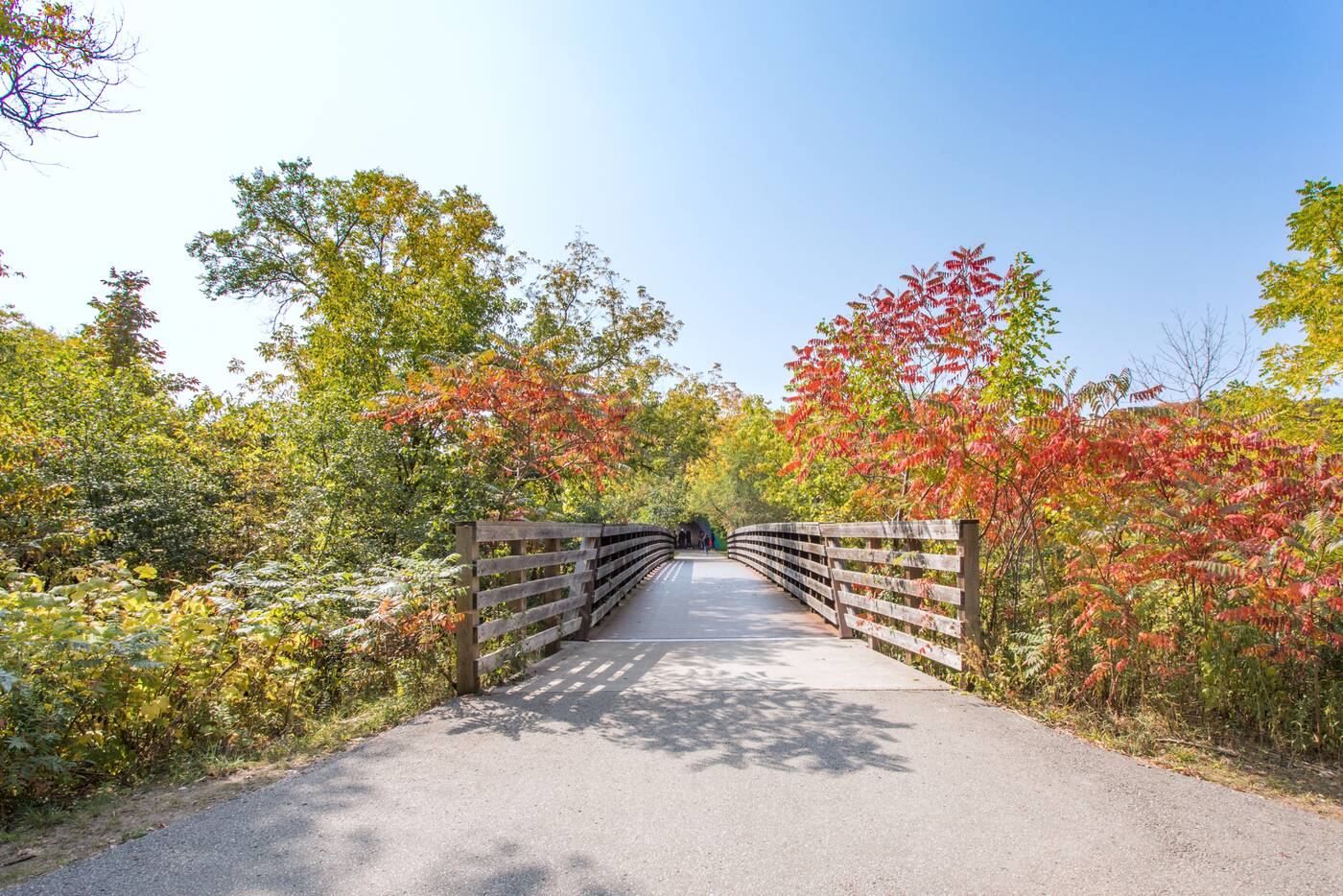 The existing trail that runs from Wynford Heights to the northern entrance of Milne Hollow nature preserve at Lawrence Avenue East has was extended by 1.4 kilometres in 2020 making for even more ground to explore.
The existing trail that runs from Wynford Heights to the northern entrance of Milne Hollow nature preserve at Lawrence Avenue East has was extended by 1.4 kilometres in 2020 making for even more ground to explore.
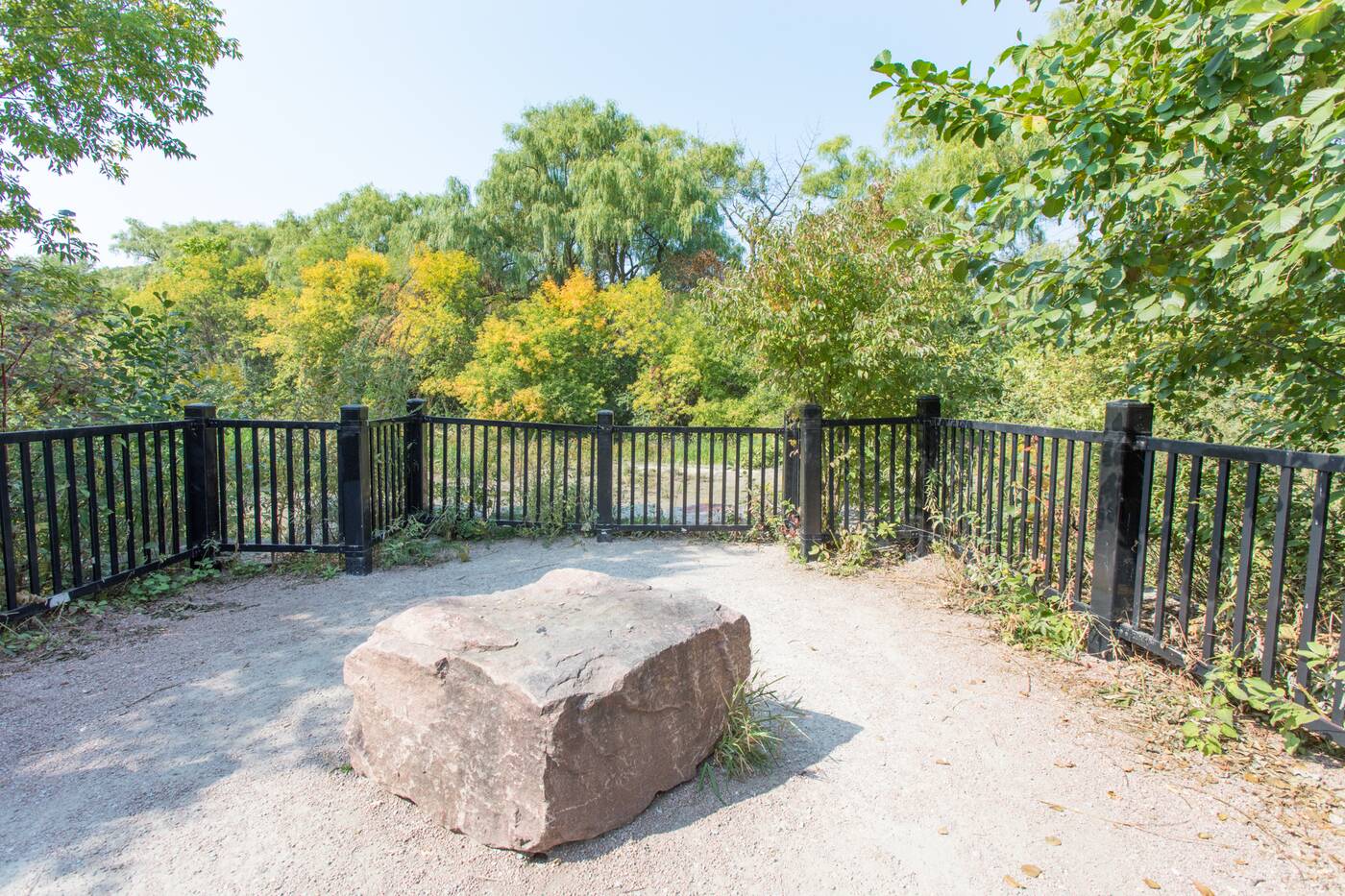 Connected by a new steel bridge, the extension means the trail now runs east from Wynford Heights all the way to Wigmore Park on Elvaston Drive.
Connected by a new steel bridge, the extension means the trail now runs east from Wynford Heights all the way to Wigmore Park on Elvaston Drive.
If travelling by TTC, there are buses that will get you close to Moccasin Trail Park, Milne Hollow, Wigmore Park and Wynford Heights, depending on which trail entrance you’d like to enter from.
 There are also parking lots at both Milne Hollow at Lawrence Avenue East and Moccasin Trail Park at Donway East and Moccasin Trail Road if you’re driving.
There are also parking lots at both Milne Hollow at Lawrence Avenue East and Moccasin Trail Park at Donway East and Moccasin Trail Road if you’re driving.
The most recognizable part of the trail is probably the Rainbow Tunnel that's found just past Moccasin Trail Park.
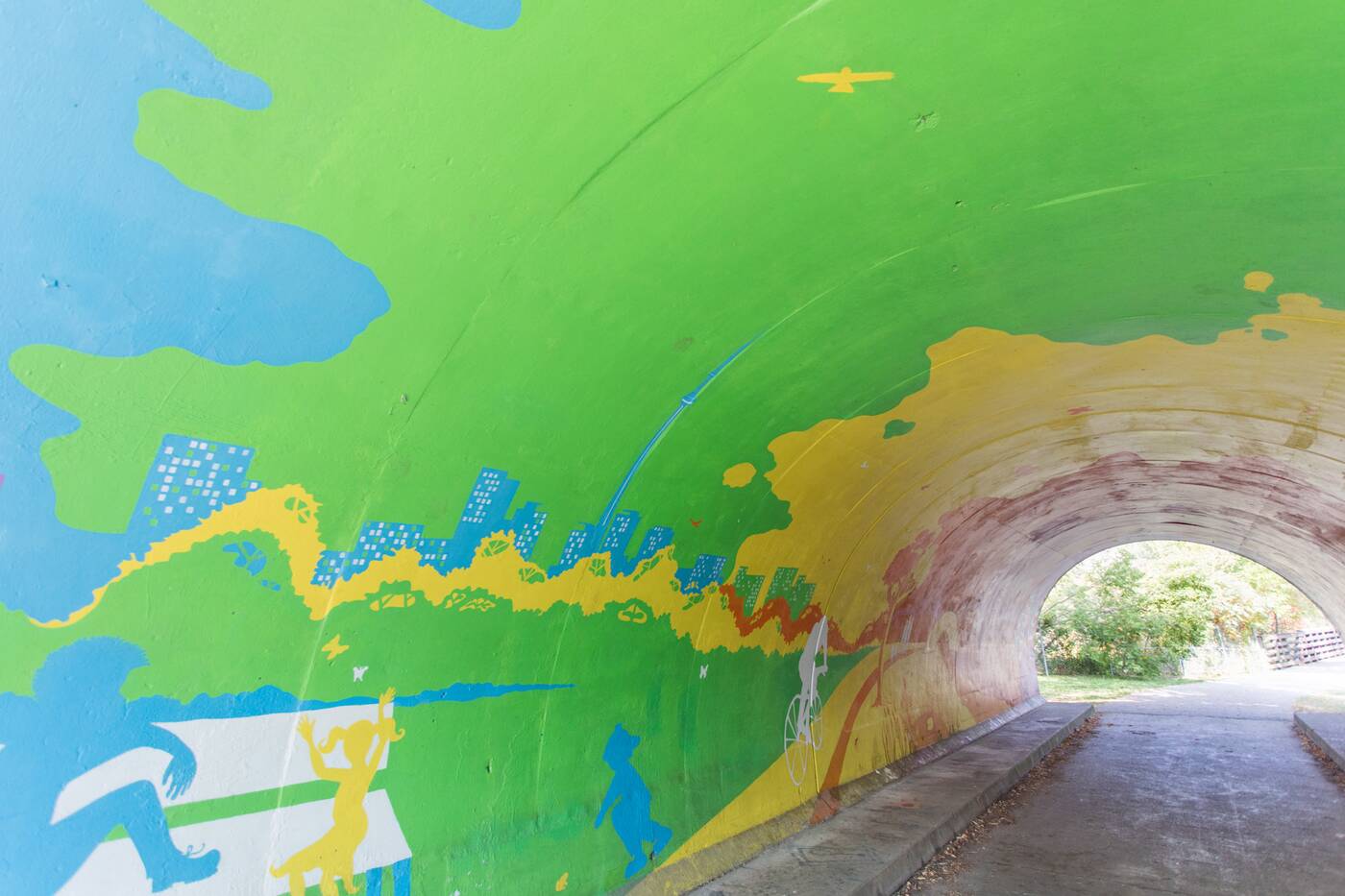 The outside, as well as inside of the tunnel, were cleaned and repainted part of a Mural Routes project in 2013 and it's been a much-loved piece of Toronto art ever since.
The outside, as well as inside of the tunnel, were cleaned and repainted part of a Mural Routes project in 2013 and it's been a much-loved piece of Toronto art ever since.
 Along the trail, there are several habitats — the upland forests on the valley slopes, open meadows and young trees in Milne Hollow, and a wetland near the Canadian Pacific Rail bridge.
Along the trail, there are several habitats — the upland forests on the valley slopes, open meadows and young trees in Milne Hollow, and a wetland near the Canadian Pacific Rail bridge.
 The diversity of habitats makes for great views and a fascinating journey through the trail. It also means there’s a good chance of spotting some wildlife on your visit.
The diversity of habitats makes for great views and a fascinating journey through the trail. It also means there’s a good chance of spotting some wildlife on your visit.
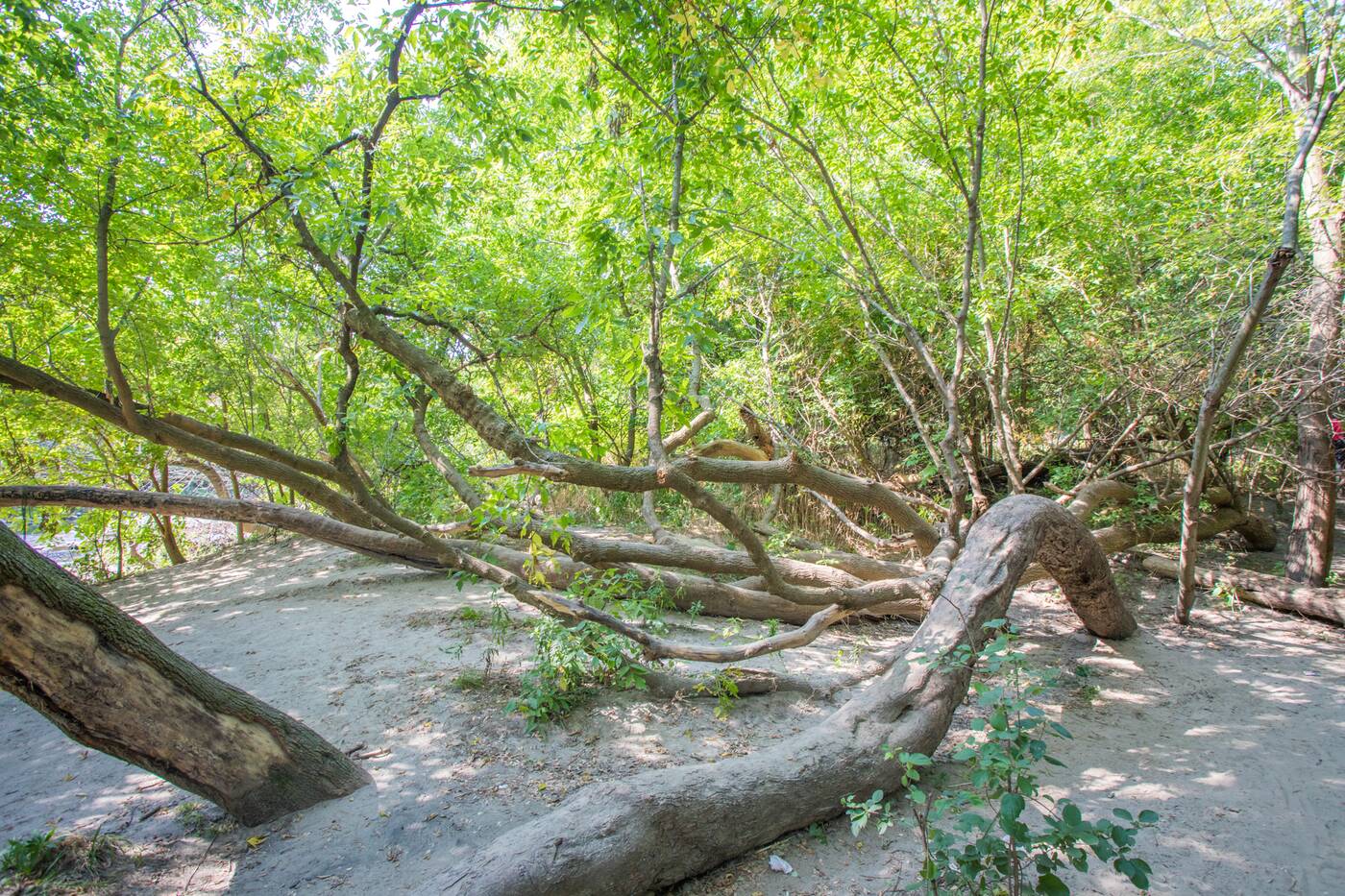 Wildlife in the area includes deer, beavers, foxes, hawks, ducks and many species of migratory birds.
Wildlife in the area includes deer, beavers, foxes, hawks, ducks and many species of migratory birds.
Fall is the perfect time to go, not only for the fall colours but because it's the time of year that the adult chinook salmon head back up the East Don River to spawn.
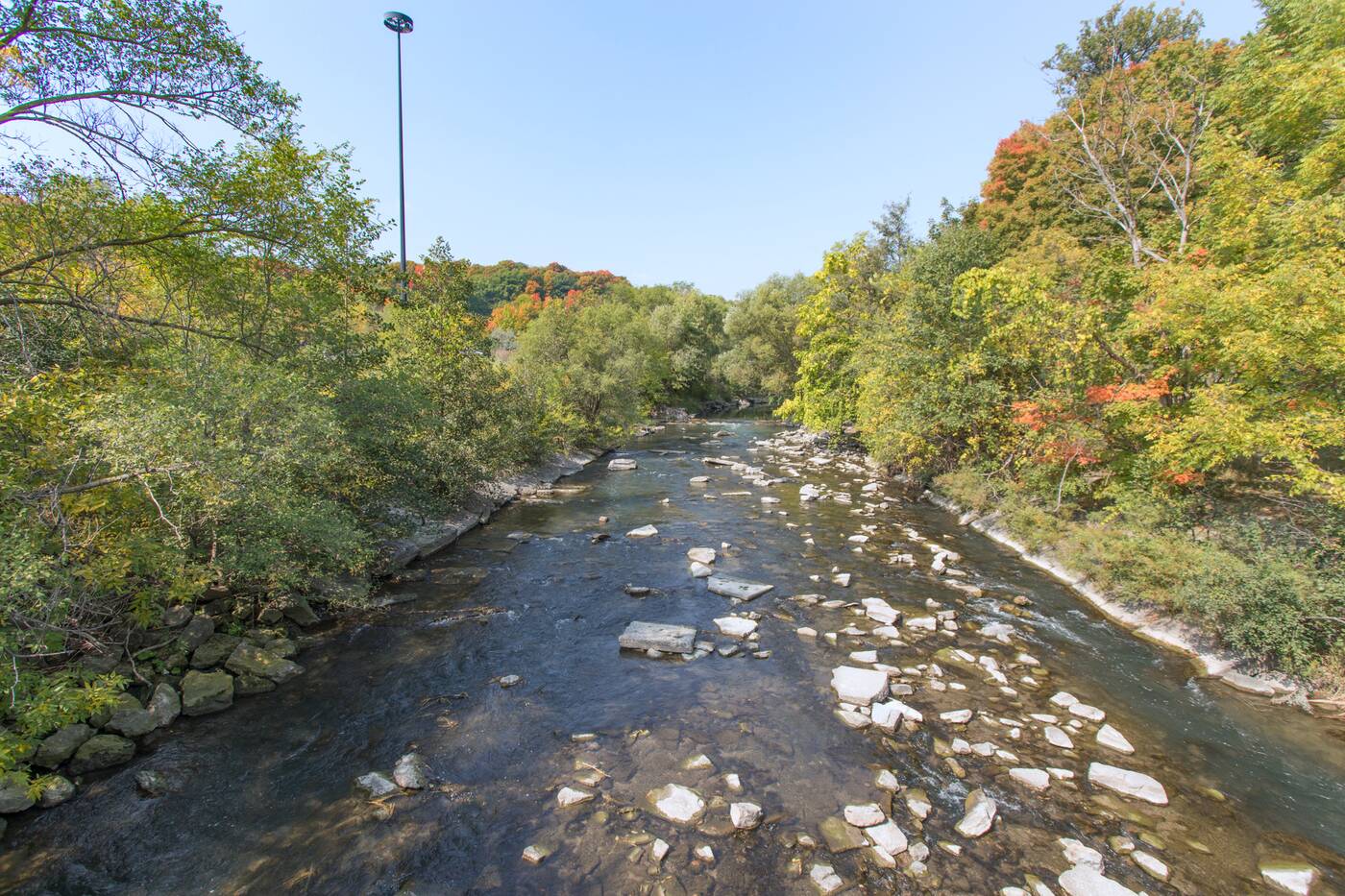 The trail has a number of good access points down to the river for viewing this migration and taking in the breathtaking scenery.
The trail has a number of good access points down to the river for viewing this migration and taking in the breathtaking scenery.
Areas where the water is shallow or where there are shadows on the water are typically good places to spot salmon as it’s easier to see what’s below the surface of the water.
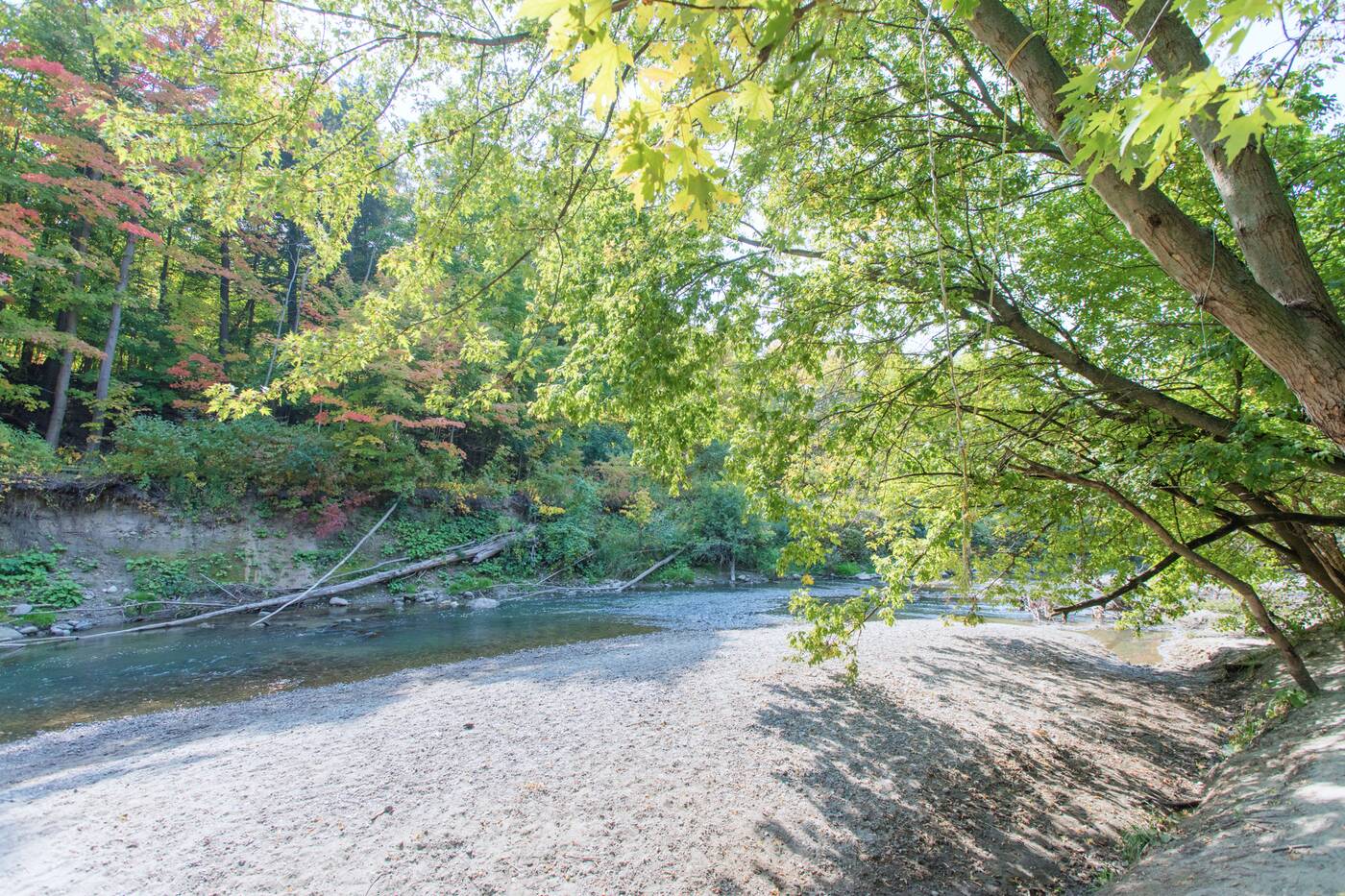 There are several informational plaques along the trail if you’re interested in learning more about the area’s geology and wildlife.
There are several informational plaques along the trail if you’re interested in learning more about the area’s geology and wildlife.
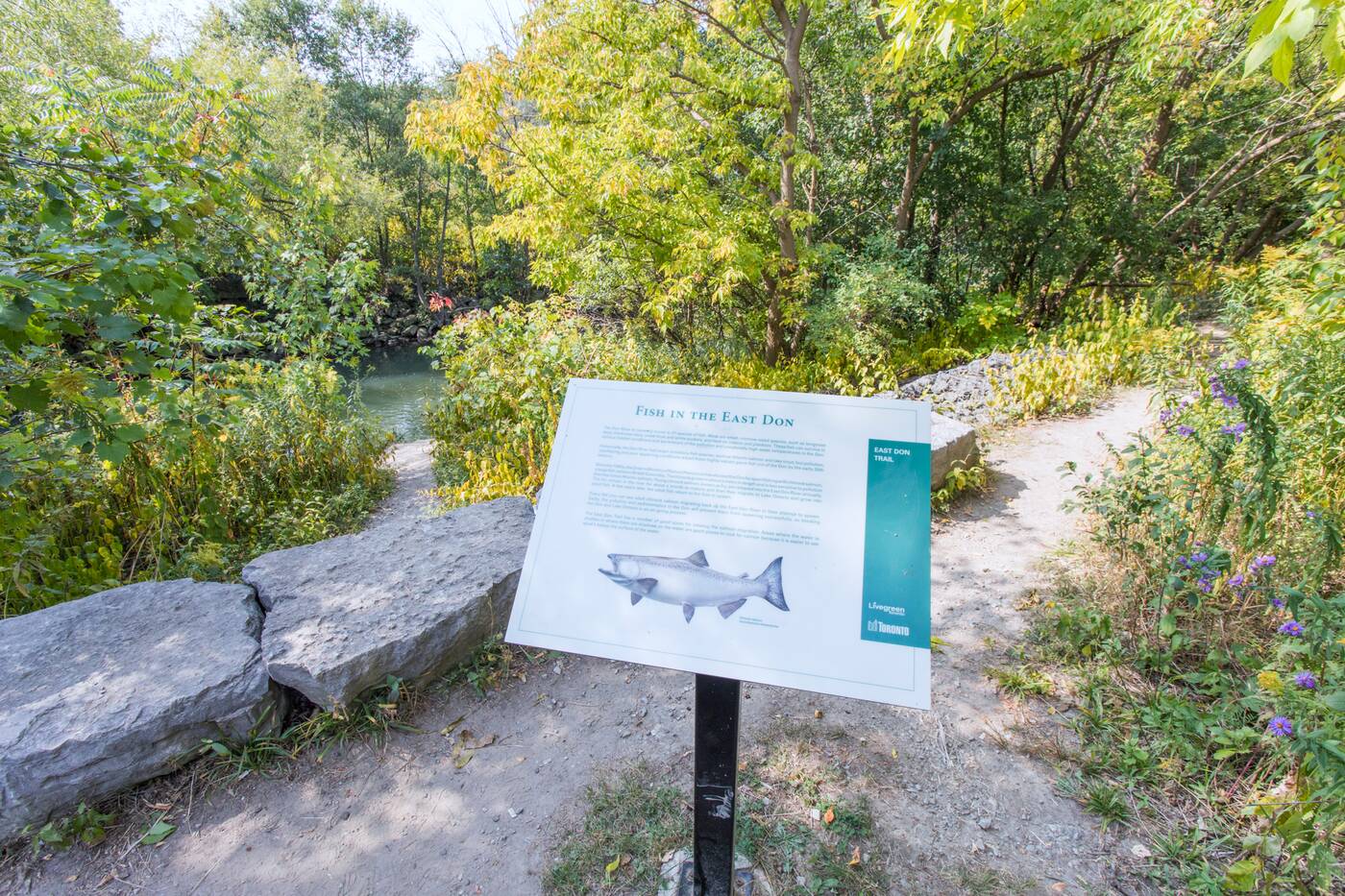
Fareen Karim
Latest Videos
Latest Videos
Join the conversation Load comments







